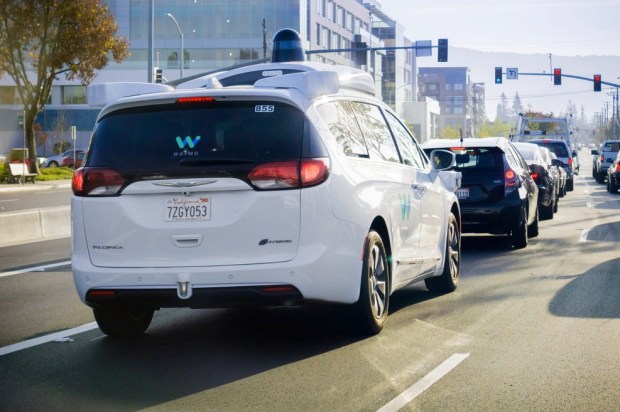Waymo Debuts Autonomous Vehicles In CA

Self-driving startup Waymo, owned by Google’s parent company Alphabet, announced that it has been awarded the first permit in California to begin driverless testing on public roads.
“Fully driverless testing is the latest step in the path Waymo has been on since 2009, when we first began working on self-driving technology at Google. Since then we’ve driven over ten million autonomous miles on public roads across 25 cities. California will join our driverless testing program that’s already been happening in Phoenix, Arizona since last year,” the company wrote in a blog post.
Waymo’s test cars will be driving in parts of Mountain View, Sunnyvale, Los Altos, Los Altos Hills, and Palo Alto. The company noted that Mountain View, which also happens to be Waymo’s headquarters, is home to more than a dozen autonomous vehicle companies.
The permit allows Waymo’s cars to test during the day and night on city streets, rural roads and highways with posted speed limits of up to 65 miles per hour. “Our vehicles can safely handle fog and light rain, and testing in those conditions is included in our permit. We will gradually begin driverless testing on city streets in a limited territory and, over time, expand the area that we drive in as we gain confidence and experience to expand,” according to the post.
For now, the driverless rides will only be for members of the Waymo team, but there are plans to open it up to the public in the future.
Earlier this month, Waymo announced that its self-driving vehicles have surpassed 10 million miles driven on public roads.
“Our progress on public roads is made possible by our deep investment in simulation. By the end of the month, we’ll cross seven billion miles driven in our virtual world (that’s 10 million miles every single day),” said Waymo chief executive John Krafcik. “In simulation, we can recreate any encounter we have on the road and make situations even more challenging through ‘fuzzing.’ We can test new skills, refine existing ones and practice extremely rare encounters, constantly challenging, verifying and validating our software. We can learn exponentially through this combination of driving on public roads and simulation.”
